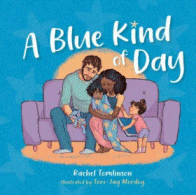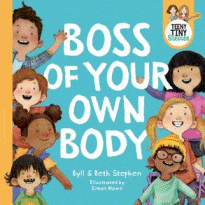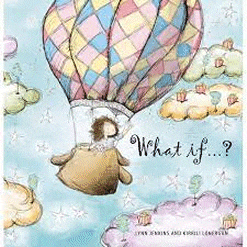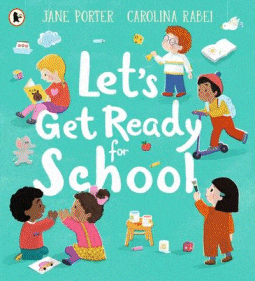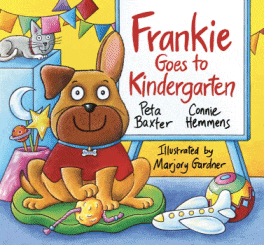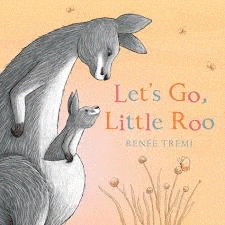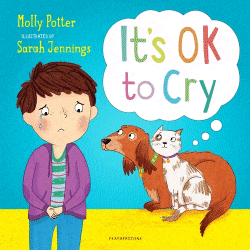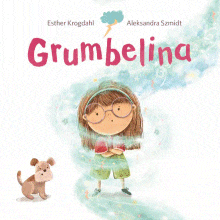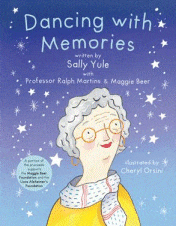
Dancing with Memories
Dancing with Memories
Sally Yule, Maggie Beer & Prof. Ralph Martins
Cheryl Orsini
ABC Books, 2022
32pp., hbk., RRP $A24.99
9780733342578
I am Lucy and I dance with memories.
Sometimes I remember.
Sometimes I forget.
Sometimes I remember that I forget.
Sometimes I forget that I remember…
My doctor says I have dementia.
I wish I didn’t but I do.
‘Your brain has changed’, she says, ‘but you are still Lucy.’
She knows that I have a brain AND a heart.
Sometimes Lucy remembers that she forgets, and sometimes she forgets that she remembers. But even if her memory plays tricks, she still has all the love in her heart for the people and activities she has always enjoyed. On this particularly important day, the day of her granddaughter’s wedding, she is determined to get to the wedding on her own even though her daughter has left her a note telling Lucy she will pick her up. But things go a little astray and she ends up lost….
As grandparents and great-grandparents live longer, more and more of our students are coming into contact with those with dementia and so this is an important book to have on hand to help them understand and cope with the condition. The author, Sally Yule, has been working with people with dementia, including her own parents, for over 30 years and as she says, her main purpose was to help children “learn the role they can play supporting people living with dementia in their family or community.” Lucy’s story and the lively illustrations which accompany it demonstrate that there is still plenty of love and joy in a patient’s life even if the memory is muddled, and that the person deserves the same respect and dignity as well as being able to continue to do the things they can for themselves, regardless.
As well as the story itself, Professor Ralph Martins, Foundation Chair in Ageing and Alzheimer’s Disease at Edith Cowan University WA, and Professor of Neurobiology at Macquarie University NSW has contributed a Q & A that helps anyone understand the disease. In my opinion, the core message of this story is summed up in this one paragraph…
Q. Is someone with dementia still the same person on the inside, even though they act differently on the outside?
A. Yes, they are definitely the same person inside. They can feel so much, even if they cannot tell you about it…
While there is not yet a cure for dementia, scientists are working towards discovering its cause, and, as with many diseases, a healthy diet is always a good start so Maggie Beer’s recipes for healthy lunchboxes that could be shared between child and patient add another dimension and there are some simple teachers’ notes that can offer suggestions for supporting those we know who are living with the illness.
There is more and more evidence that intergenerational relationships offer so much to all involved, and this is yet another essential addition to the collection to not only promote this but encourage them.

